How Could Taiwan’s New President Escalate Tensions With China?
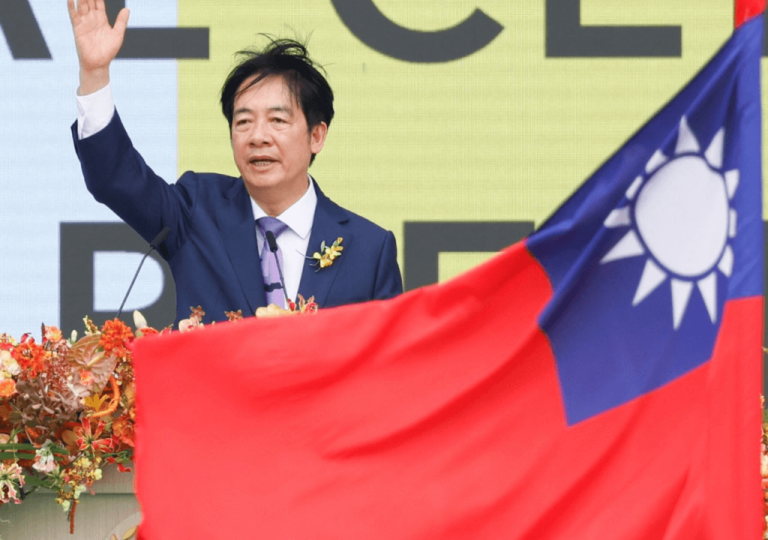
Lai Ching-te, Taiwan's new president, takes a moderate stance on China while focusing on domestic issues like housing costs and wealth divide.

Lai Ching-te, Taiwan's new president, takes a moderate stance on China while focusing on domestic issues like housing costs and wealth divide.
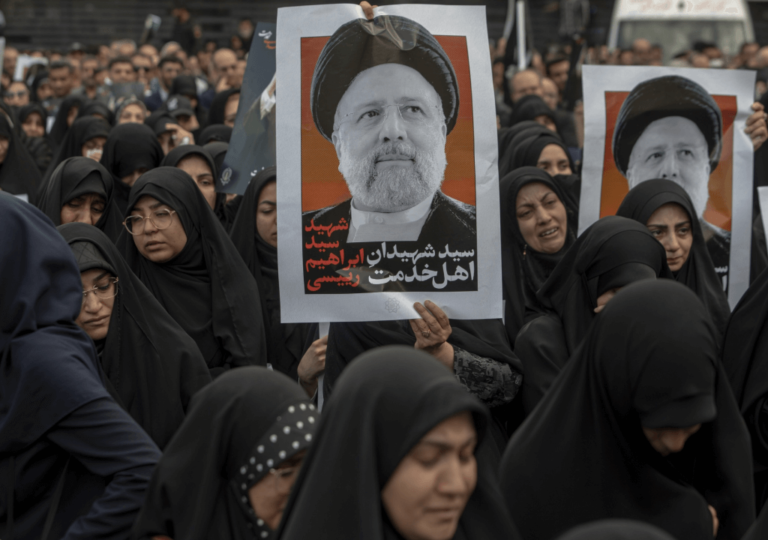
Iranian President Ebrahim Raisi dies in helicopter crash, sparking celebrations and questions about the future of the Islamic Republic.
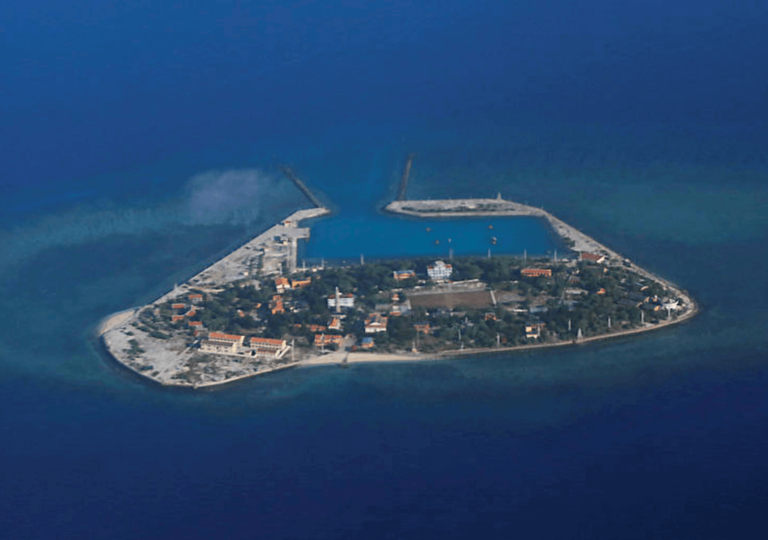
Escalating South China Sea disputes as nations reclaim land, with China, Vietnam, and Philippines actively building on islands, complicating regional tensions.
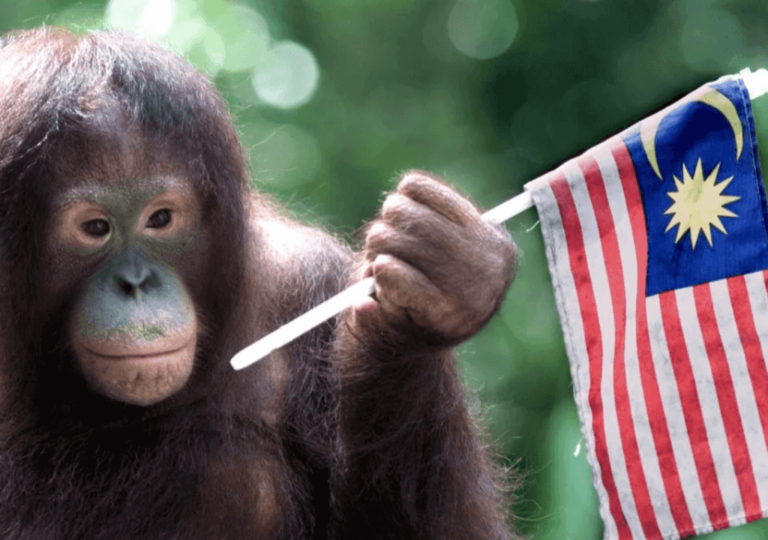
Malaysia adopts orangutan diplomacy to showcase commitment to nature conservation and ease concerns over palm oil deforestation.
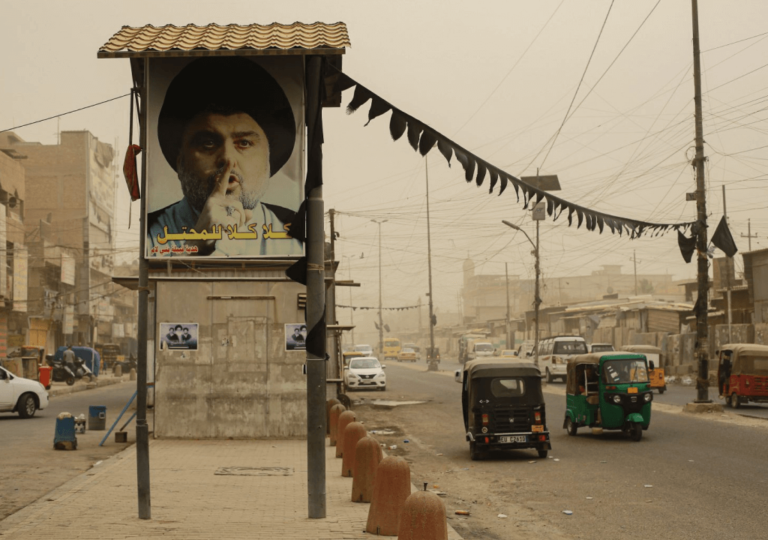
Iraq's complex power dynamics involve shifting allegiances between the US and Iran, impacting its political landscape.
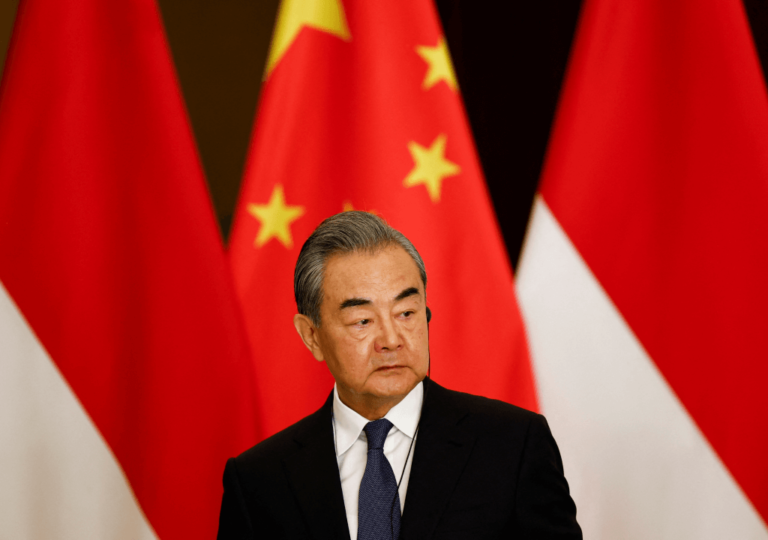
China emerges as a significant player in mediating the Israel-Palestine conflict, aiming to reconcile Palestinian factions and establish a recognized Palestinian state.

A new regional bloc, dubbed the "Squad," is forming between Australia, Japan, the Philippines, and the US to counter China's growing assertiveness in the South China Sea.
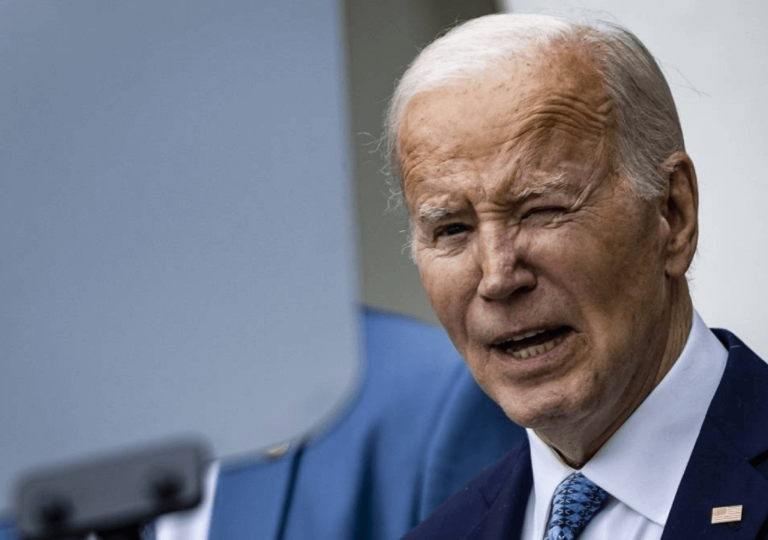
President Biden's controversial comments on immigration policies of Asian countries, Japan, China, Russia, and India have stirred reactions, especially from Japan, a key ally.
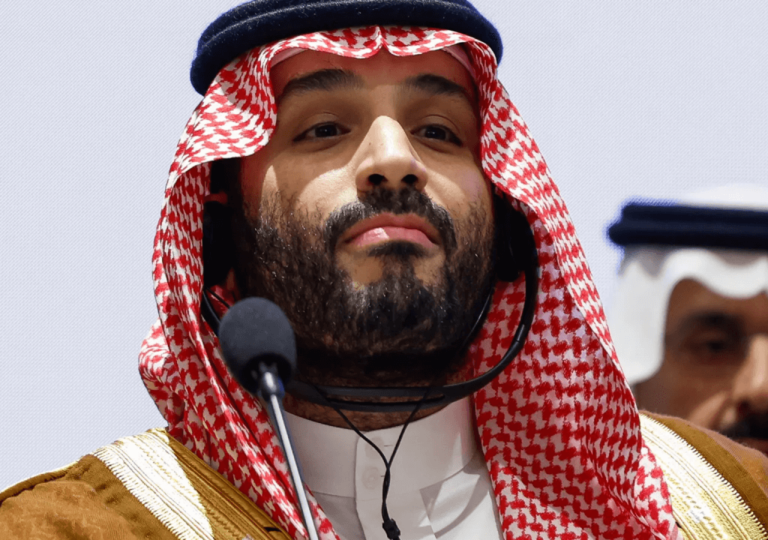
Saudi Arabia strategically navigates its alliance with the US amidst the Israel-Palestine conflict, aiming to secure favorable terms while excluding Israel from key agreements.
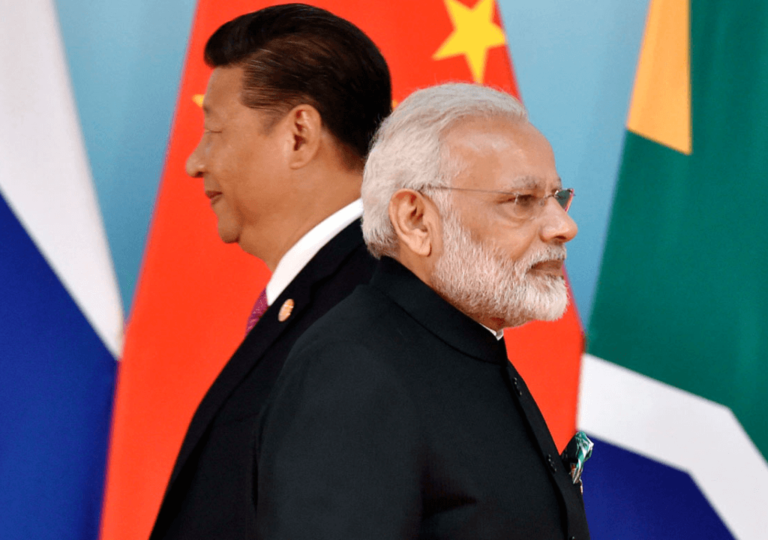
Geopolitical tensions between superpowers impact smaller nations like Nepal, caught between India and China.